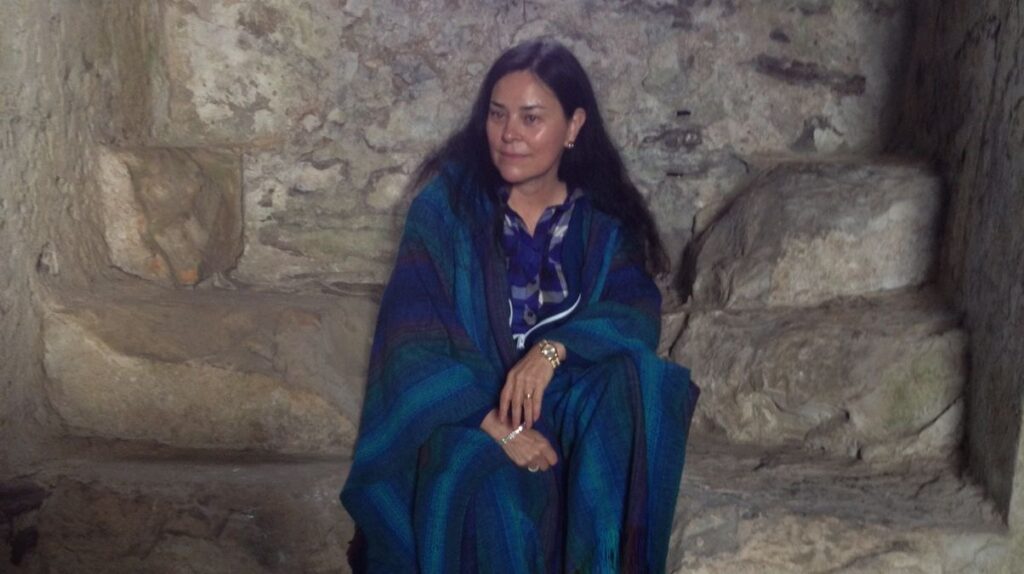notice on time, understand on time
As we walk along the library shelves, we pass hundreds of volumes bearing the names of writers and poets. Some died not so long ago, others centuries ago. They remained immortal in their works. Ones, such as Diodorus or Plutrach, remains the role of source support for historians, others, such as Dumas or Cooper, the basis of the film script. The greatest, such as Sienkiewicz, Tolkien or Tolstoy, get a second life in cinema productions, letting their faithful readers applaud and give the opportunity for millions to get to know their creations. Milions, who probably would never reached for their books. Remembering all of them, we wonder if their contemporaries saw and understood their phenomenon. Drawing on their work, were they aware that they were in contact with a genius going beyond time?
Many, if not all, are tempted by travel in time. Then, we would be able to meet those, whose lives changed the course of history and shaped the epochs. It is not possible, but only in one aspect. The special people are at all times and it is only up to us, to notice them on time? Will we understand, that their way of life and the works they create, changing the world forever, when we are the witness of it? Will we not pass by the uniqueness that means that some things will never be the same again…
truth and durability
Diana Gabaldon lives in Arizona but her roots go back to Yorkshire in central England. The same Yorkshire where the Brontë sisters were born 200 years ago. Anne, Emily and Charlotte, with their prose and a collection of poetry, have marked their contribution to world literature more than the others, setting a new, mystical-romantic genre of the novel and revealing a different face of death with poems facing life over an open grave. Naming Diana Gabaldon the fourth sister of Brontë emphasizes the phenomenon of the sisters as well as herself. This community of the four „ladies of the novel”, born on the moors in the mid-northern England, opens up to us not only in the uniqueness of the literary talent, but in particular, in discovering literature unknown to us by this time.
Heathcliff’s and Catherine’s love (from Emily’s Wuthering Heights), like Jamie and Claire’s (in Diana’s Outlander), are enduring and cannot be unaffected by external circumstances. In all „four sisters'” books the truth is the most important, the truth that can be cruel in its history and the history of which the reader himself would sometimes prefer to spare the heroes. However, this is the rite of all these works, as is human life marked by the fact that the truth is often so complicated that it seems fictional. Truth and durability resisting changes, characters moving through life, unexpected events. The truth and durability that make love endure everything.
…it’s enough.
Is Diana Gabaldon the fourth sister of Brontë? By the reality in which we live and how we understand it, of course not. But is this the only reality? And if so, do we understand it correctly? Who will risk being sure he is right?
In retrospect, Outlander will be included in the canon of masterpieces of world literature, the heroes of the novels (in all their richness of characters) will become examples of attitudes analyzed in literature lessons. Jamie and Claire’s love will become the canvas for many Hollywood productions. Countless scientific works will be created based on this monumental novel, and our grandchildren will discover surprisingly, that we lived in the time of Diana Gabaldon. The awareness of being close to uniqueness after it’s gone is still a distinction, but noticing it at the right moment is a privilege…
The uniqueness of the Outlander lies not only in the possibility, given to us, to face time travel, it is a moral study of human attitudes subjected to changing circumstances, law and customs. To see your world from the perspective of the eighteenth century, the world of the eighteenth century from the perspective of the twentieth, and fit them on both to the present day… This is a novel about what is the essence of life and how much is needed to survive where it seems impossible – „Sometimes faith is all you have … but that’s enough. ” There is also something Brontëan in this novel. There is an echo of Catherine and Heathcliff’s love painting somewhere in the Outlander
– You are not the first girl I have kissed – he whispered. – But I swear, you’ll be the last. … and about such love writes Diana Gabaldon.
text: Simon White
photo: Diana’s archive
